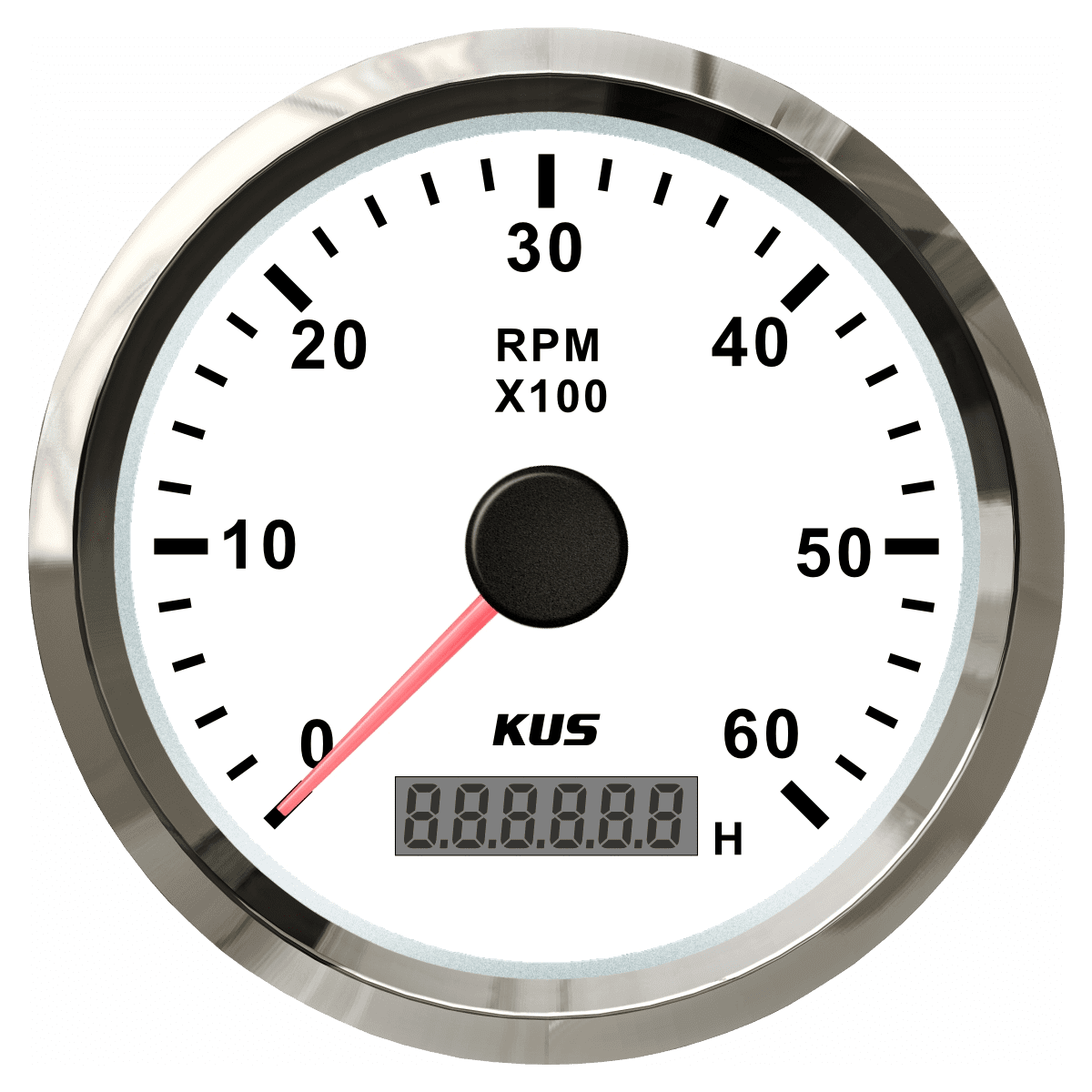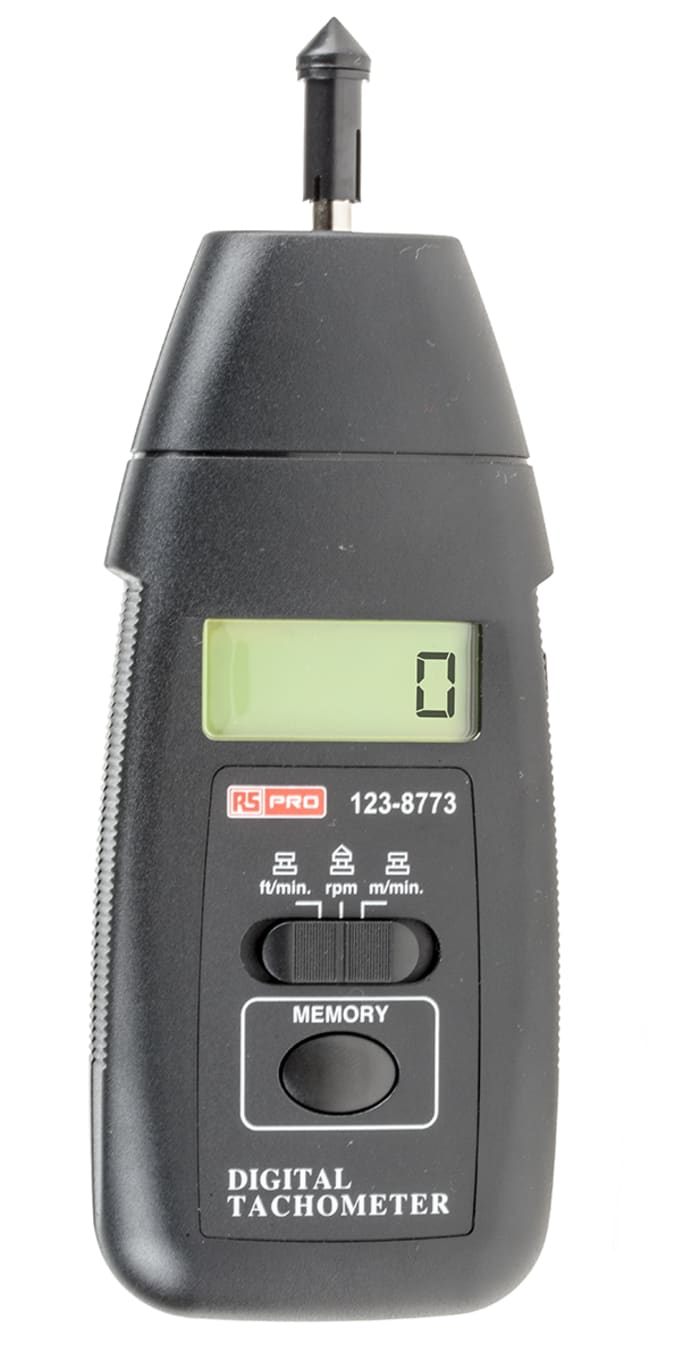Comprehensive Guide to Comprehending and Making Use Of a Tachometer Effectively
Comprehensive Guide to Comprehending and Making Use Of a Tachometer Effectively
Blog Article
The Value of a Tachometer in Checking Engine Rate and Performance in Automotive Applications
In the world of auto design, the tachometer stands as a pivotal instrument in the motorist's toolbox, giving a straight home window into the inner workings of a car's engine. Beyond its function as a simple scale of changes per min (RPM), the tachometer offers as a crucial tool for enthusiasts and professionals alike, supplying real-time insights right into engine efficiency and wellness.
Relevance of Monitoring Engine RPM
Keeping track of engine RPM, or revolutions per min, is an essential facet of auto upkeep and efficiency examination. Engine RPM directly correlates with the speed at which the engine's crankshaft revolves, showing just how swiftly the engine is running - tachometer. By keeping an eye on RPM, auto mechanics can examine the wellness of the engine, identify possible concerns, and fine-tune efficiency. An uncommon RPM analysis may signal problems such as engine misfires, defective spark plugs, or concerns with the gas delivery system. Continually high RPM analyses might indicate hostile driving behaviors or the requirement for a greater gear change to enhance fuel performance.
Additionally, checking engine RPM is important for performance analysis in auto racing and high-performance vehicles. In summary, checking engine RPM is not just important for finding issues yet additionally for optimizing engine performance in different auto applications.

Benefits of Real-Time Data
In vehicle applications, real-time information plays a crucial role in offering immediate insights into the performance and condition of the vehicle. By continuously keeping track of different specifications such as engine speed, temperature, fuel consumption, and more, real-time data offers numerous benefits that contribute to boosted effectiveness and safety when traveling.
In addition, real-time data helps with performance optimization by providing prompt feedback on driving behaviors and engine effectiveness. Drivers can readjust their behavior in real-time based on this info to attain far better gas economy and prolong the lifespan of their automobile.

Furthermore, real-time information plays an important duty in modern auto diagnostics, enabling professionals to rapidly detect and deal with breakdowns. This leads to minimized downtime, reduced maintenance expenses, and inevitably, boosted overall automobile integrity and longevity (tachometer). By using the power of real-time information, automobile stakeholders can make educated choices that positively affect both the efficiency and long life of the vehicle
Effect On Equipment Shifts
The tachometer plays a critical duty in optimizing equipment changes by giving real-time engine rate information to the motorist. When coming close to the redline on the tachometer, it indicates the chauffeur to upshift to stop over-revving the engine and triggering prospective damage.
Moreover, the tachometer aids in accomplishing smoother gear transitions, particularly in hand-operated transmissions. By checking engine rate, motorists can carry out equipment shifts at the optimal RPM array, decreasing snagging movements and reducing wear on the transmission elements. This accuracy in equipment modifications not only enhances driving convenience however also adds to sustain efficiency.
Enhancing Fuel Performance
Offered the visite site critical duty the tachometer plays in maximizing gear changes for performance and engine health, it straight contributes to making best use of fuel efficiency in vehicle applications. By offering real-time feedback on engine rate, the tachometer assists motorists in keeping the most efficient RPM array for fuel economic situation. When chauffeurs consistently keep an eye on the tachometer and readjust their motoring habits appropriately, they can avoid unnecessary gas usage triggered by over-revving or hauling the engine.
Additionally, the tachometer assists motorists identify one of the most fuel-efficient gear to be in at any type of provided minute, avoiding the engine from functioning more difficult than needed. This is particularly vital throughout acceleration and travelling, where remaining in the right gear can dramatically impact fuel effectiveness. In addition, the tachometer can alert motorists to possible mechanical issues that might be adversely influencing gas economy, such as a slipping clutch or a clogged up air filter. Finally, the tachometer acts as a valuable tool in improving gas performance by advertising optimal driving habits and determining areas for enhancement in the vehicle's performance.

Taking Full Advantage Of Engine Durability
The tachometer's duty in keeping track of engine rate and performance is crucial in guaranteeing the durability of automobile engines. Keeping track of the tachometer enables chauffeurs to remain within the recommended RPM variety for their vehicle, protecting against unneeded stress on the engine and expanding its lifespan.

Conclusion
In conclusion, the tachometer plays a vital function in monitoring engine rate and efficiency in vehicle applications. By providing real-time information on RPM, it permits reliable gear changes, improved gas efficiency, and maximized engine durability. This device is vital for maintaining ideal engine efficiency and making certain the general capability of a vehicle.
Report this page